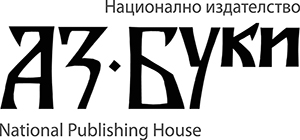Marina Teofilova
University of Veliko Turnovo St. Cyril and St. Methodius (Bulgaria)
https://doi.org/10.53656/ped2025-2.05
Abstract. A drawing of a child is an amazing way of visual communication in which colour has a dominant and primary importance. It represents a striving to learn about the universe in its entirety, a striving, nourished by the curiosity to know everything, so inherent in human nature, inspiring each new discovery and leading right back to the dawn of mankind. That is why many researchers of children’s drawings look into their objective core searching for the motives for the emergence and development of the pictorial activity in general. According to them, painting is genetically inherent in human species, and according to others it is a reflection of the external intervention of adults in children’s development. On this basis, the key issues are set related to the pedagogical intervention by adults in children’s education and development.
Keywords: children’s drawings; children’s development; pre-pictorial and pictorial period
Влезте в системата, за да прочетете пълната статия

